If you want to elicit squeals of delight from kids you must try some glow in the dark projects! They are mesmerizing for both kids and adults and are the ultimate way to see the world a bit differently.
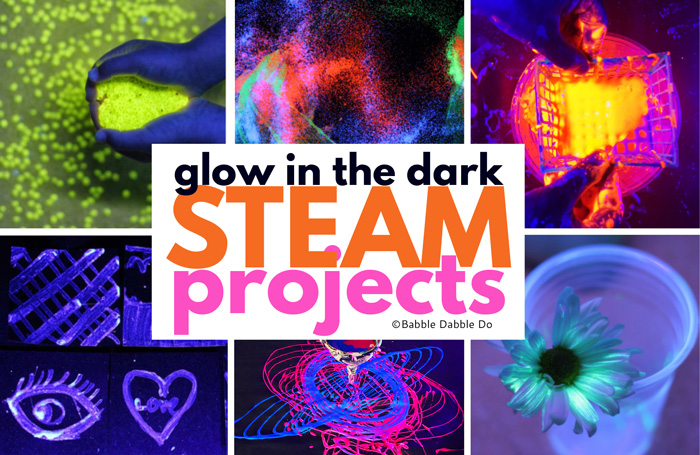
I usually share these in the Fall because they lend themselves to celebrating Halloween but glow in the dark projects are truly wonderful any time of year!
This post contains affiliate links.
The best materials for glow in the dark projects
Most of the projects we are featuring in this round-up glow with the help of UV light. UV light is emitted from blacklight bulbs and fixtures. To do these projects I recommend investing in a blacklight. A simple blacklight spotlight is about $25 but it will be an investment you won’t regret making! If you are doing any of these in a classroom setting you will need 3-4 blacklight sources. After the list below I share some ways to minimize the costs to do these projects.
- Blacklight spotlights (use these for halloween displays too!) Buy two at a time for a discount. I like these best because they have an adjustable bracket you can use to hang them or prop them up.
- Black out fabric Use this to cover windows. Make sure to order the right amount to cover the windows in your space.
- Fluorescent Paint If you plan to do a lot of glowing projects I highly recommend this fluorescent paint set. If you are doing a few projects at home this is a good set.
- Black construction paper You must use black paper with glow in the dark projects. White paper actually fluoresces and will make the effect of paint less dramatic.
Cost cutting ideas:
Use blacklight flashlights like these. We made glowing density towers in our classes last year and each child got to take home a small blacklight flashlight like this so they could make their project glow at home.
Make a black out box. Set up a large box with this style of blacklight inside it in a dark corner of a room or classroom. If possible mount it to the underside of the box top with duct tape to cast light downward. To view the glowing projects kids will bring their glowing object or artwork to the box and view it.
How to do glow in the dark projects in the classroom
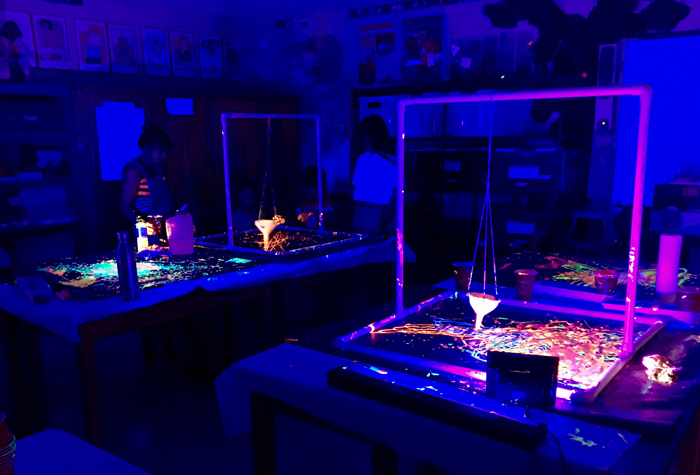
We try to do a glow in the dark project each year in our camps and after school classes and we have a really surprising way we like to set it up…we never tell the kids what we are doing! Here are the steps we use to set up glowing projects in class:
- Cover the windows with blackout fabric. I realize that this is not always possible depending on the number of windows in your classroom. If it isn’t consider whether there is an alternative location at your school/facility where you can create a dark space. In our camp, we use one of the small activity sheds to do glowing projects.
- Set up a few blacklight spots lights around the space. Ideally plug them into one surge protector with a switch.
- Do the project in the room with regular lighting.
- Turn the lights out while turning the surge protector with blacklight on! It helps to have two adults facilitating so one can turn off the room lights and the other turn the blacklight on.
- SFATEY ALERT! Make sure you tell the kids NOT to move around when the lights are off! This is hard but for safety reasons I usually warn them in advance not to walk around when the lights go off.
Glowing STEAM Projects
These glow in the dark projects with a STEAM focus are sure to delight kids and adults alike!
The science behind glow in the dark projects
There are different ways materials glow in the dark. Most glow in the dark materials fall into one of two categories: Either a material is fluorescent or phosphorescent.
Fluorescent materials glow in the presence of Ultraviolet (UV) Light. Black lights emit UV light. Fluorescent materials convert light of a dominant wavelength AND wavelengths that are much lower on the visible spectrum. That means that fluorescent materials are visible in typical lighting situations but when you place them near an ultraviolet light source the invisible wavelengths become visible and glow. As soon as the UV light source is removed fluorescent materials stop glowing.
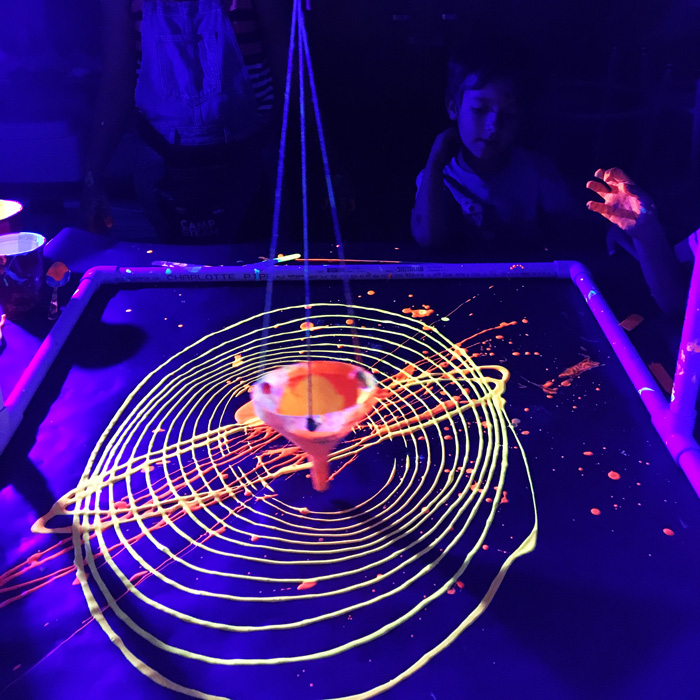
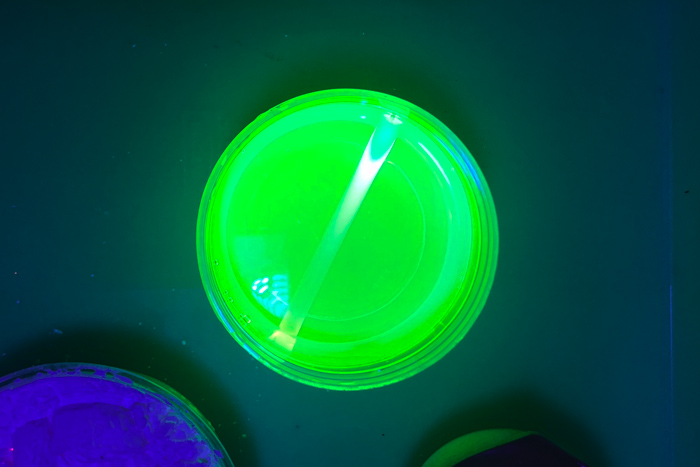
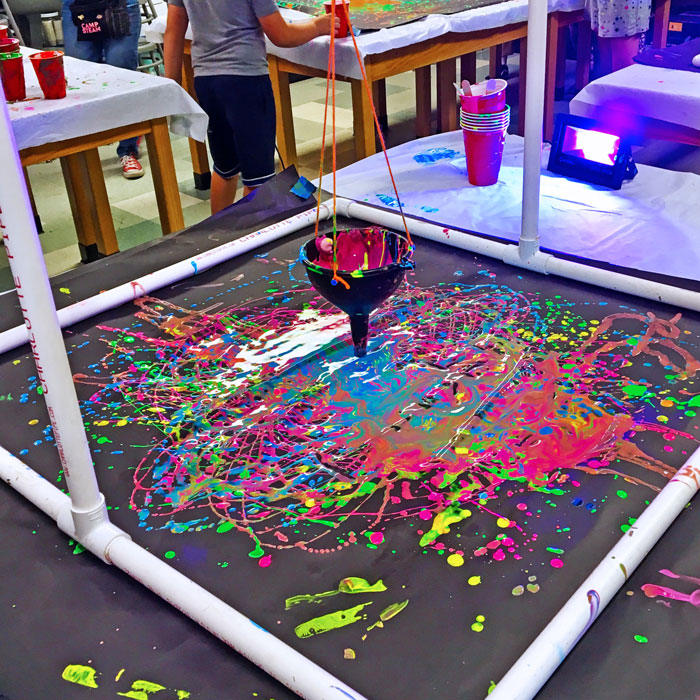
There are natural materials and man-made chemicals that fluoresce. Some natural materials that glow in UV light are corals, jellyfish, some arachnids, and minerals. Some man-made chemicals that glow in UV light are fluorescent paints, highlighter ink, and tonic water.
Phosphorescent materials absorb and store light energy and emit that energy even when a light source is removed. They may be “charged” by UV light or natural light. Phosphorescent materials you may be familiar with are: Glow in the dark paints, glow sticks, and glowing t-shirts.
More
If you enjoyed this list of glow in the dark projects with a STEAM twist, check out the STEAM Kids Halloween ebook! There are many more ideas for celebrating Halloween with STEAM
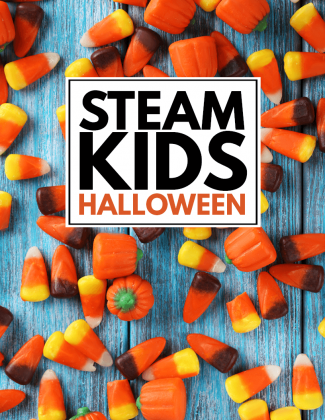
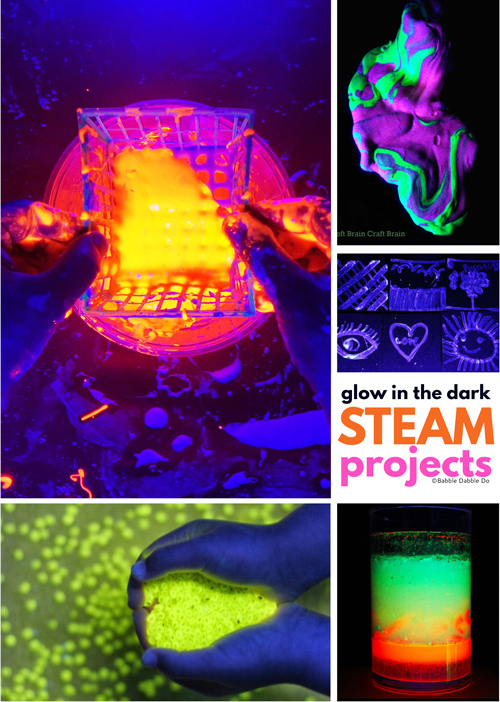
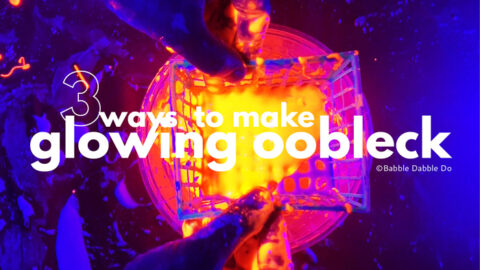
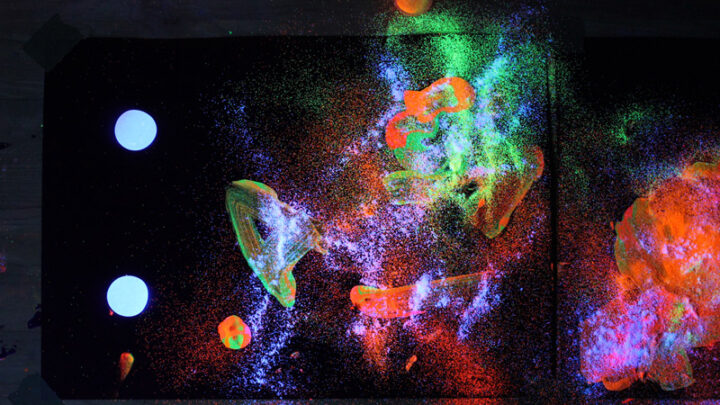
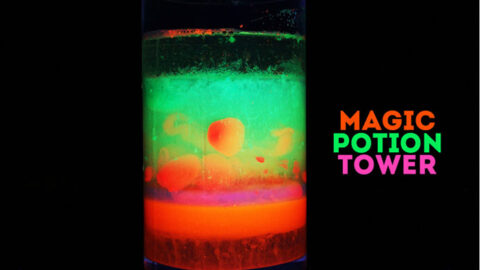
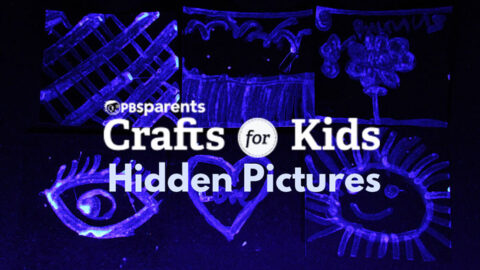
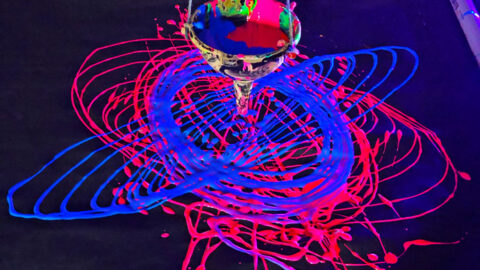
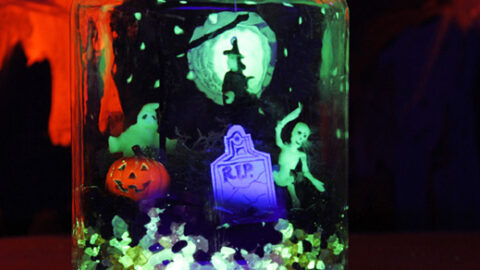
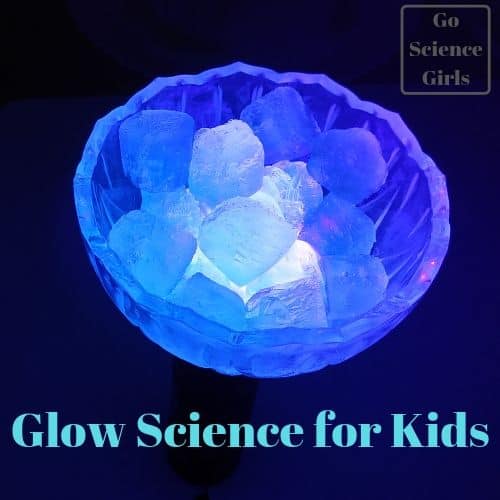
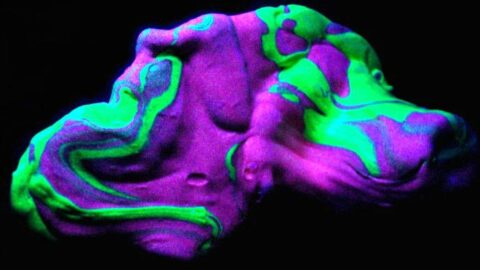
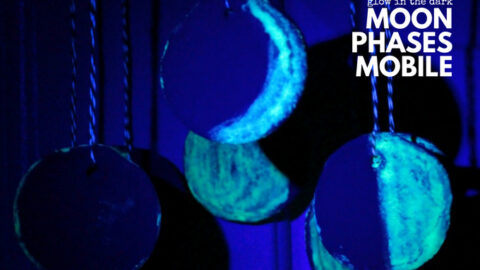
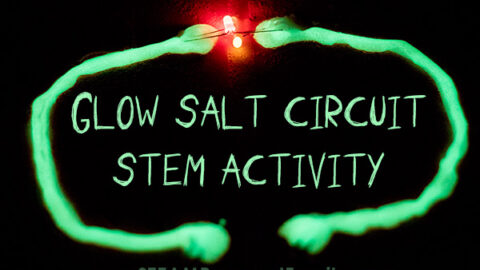
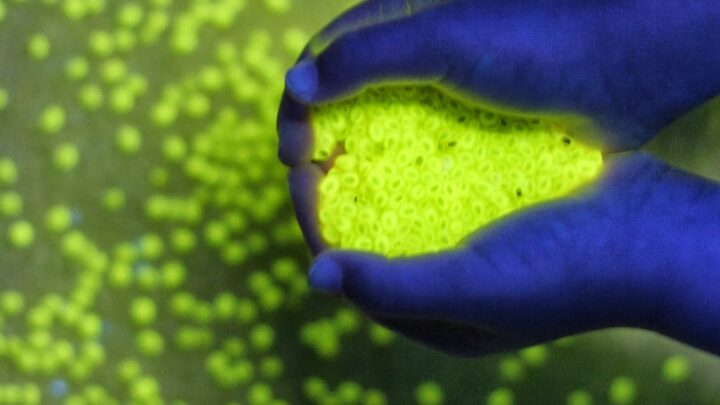
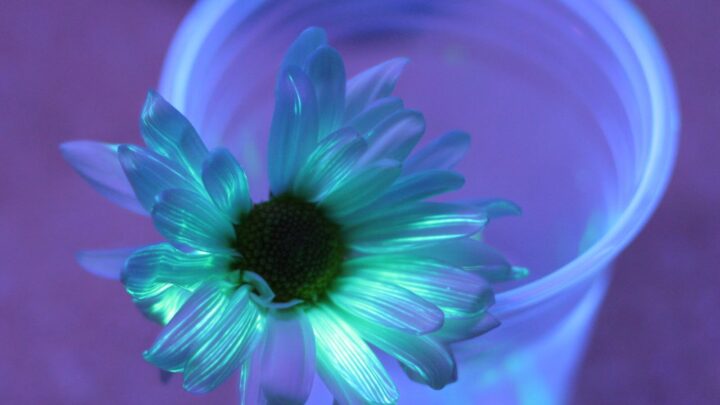
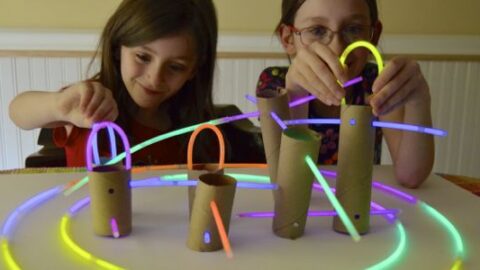
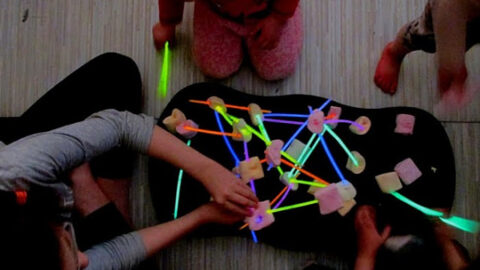

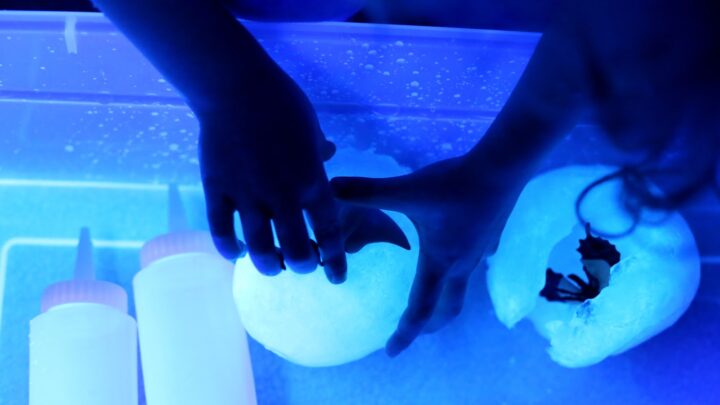
Leave a Reply